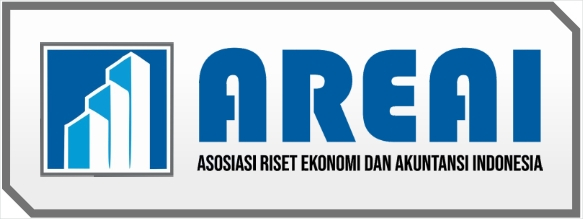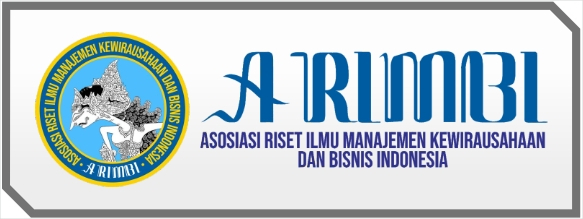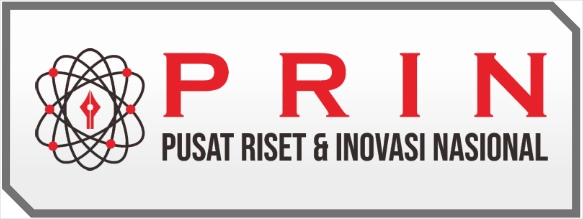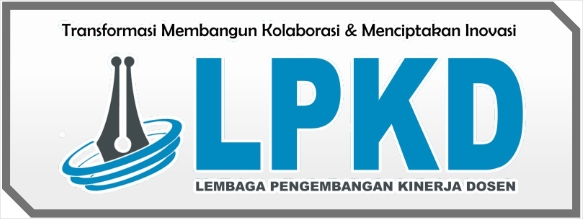Analisis Gaya Kepemimpinan Islami Dalam Meningkatkan Motivasi Kerja Pegawai KSPPS BMT NU Jawa Timur Cabang Lenteng Sumenep
DOI:
https://doi.org/10.55606/cemerlang.v3i2.1296Abstract
KSPPS BMT NU of East Java, which is a non-bank financial institution, has the task of gathering and channeling the financing, especially in Lenteng sub-district. As one of the institutions that has an important role in funding, the employees of KSPPS BMT NU East Java, Lenteng branch have duties and responsibilities, as well as the goal of each period to be able to gather or give funding to the community. Of course, it is not easy. Therefore, the leadership factor is very necessary to motivate the employees to carry out the tasks and responsibilities has been given. The purpose of this research is to analyze the styles of Islamic leadership applied and also to find out how the styles of leadership can improve the motivation of the employees of KSPP BMT NU East Java, Lenteng branch. This research used qualitative research methods. Data collection techniques used observation methods, interviews, and documentation. Based on the results of the research, the Islamic leadership style applied in KSPPS BMT NU East Java, Lenteng branch is a typology of the democratic leadership style. The style is quite good in improving the motivation of employees. It can be proved by the presence of a harmonious, open working environment as well as by giving good motivation and appreciation to the employees.
References
Afrizal. (2014). Metode Penelitian Kualitatif. Jakarta: Rajawali Press.
Aryansyah, Farid dkk. (2022). Model Pengelolaan Sumber Daya Manusia dalam Peningkatan Ekonomi Masyarakat Desa Wedoro Kecamatan Sukorame Kabupaten Lamongan Melalui UD. Mitra Makmur. Jurnal eBA,Vol. 9, No. 2 AgustusFordebi, Adesy. (2016). Ekonomi dan Bisnis Islam : Seri Konsep dan Aplikasi Ekonomi dan Bisnis Islam. Jakarta: Rajawali persi.
Charis F, Muhammad (2020). Kategori Kepemimpinan dalam Islam. Jurnal Edukasi Non Formal, Vol 1, No. 2, 182.
Fordebi, Adesy. (2016). Ekonomi dan Bisnis Islam : Seri Konsep dan Aplikasi Ekonomi dan Bisnis Islam. Jakarta: Rajawali pers.
Indramawan, Ruly dan Yaniawati, Poppy, (2014). Metode Penelitian Kuantitatif, Kualitatif dan Campuran untuk Manajemen, Pembangungan, dan Pendidikan. Bandung: Refika Aditama,
Maloeng, Lexy J. (2016). Metode Penelitian Kualitatif Edisi Revisi. Bantung: PT Rosidakarya.
Muzammil. (2017). Konseptualisasi Kepemimpinan Islami dalam Pengembangan Pendidikan Islam. Vol IV, No.2 Juli-Desember, 256.
Riva’I, Veitzal. (2004). Kiat Memimpin dalam Abad ke-21. Jakarta: Raja Grafindo.
Sarinadi, Ni Nengah (2014). Analisis Faktor-Faktor Yang Mempengaruhi Motivasi Kerja Karyawan Pada UD Surya Logam Desa Temukus Tahun 2014. Jurnal pendidikan, Vol 4. No. 1.
Siagaan, Sondang. (2010). Teori dan Praktek Kepemimpinan, Jakarta: Rineka Cipta.
Sugiono. (2016). Metode Penelitian Kualitatif dan RnD. Bandung:CV Alvabeta.
Suhardi, (2018). Pengantar Manajemen dan Aplikasinya. Yokyakarta: Gava Media
Sutrisno, Edy. (2017). Manajemen Sumber Daya Manusia. Jakarta: Kencana.
Terry, George. (1996). Prinsip-prinsip Manajemen. Jakarta: Bumi Aksara.
Winata, Irwan Adi dan Sutanto, Eddy M (2014). Pengaruh Kepuasan Kerja Dan Motivasi Kerja Terhadap Produktivitas Kerja CV Intan Lumajang. Vol.2. No. 1, 19




















